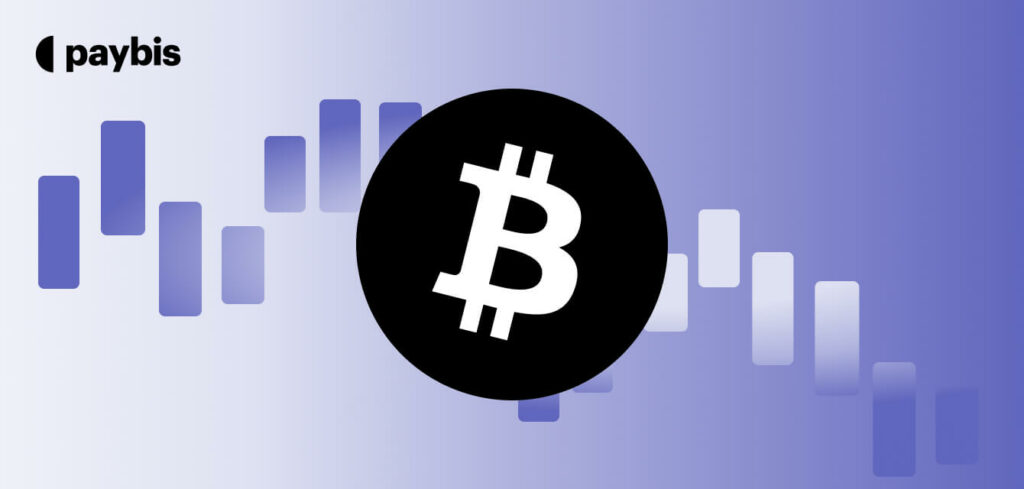Market Order
A market order is an instruction to buy or sell a cryptocurrency at the best available price in the market. This order type ensures that the trade is executed promptly, taking advantage of current market liquidity, but without control over the exact price at which the transaction occurs
Table of contents
What is a Market Order?
A market order is a type of order to buy or sell a security immediately at the best available current price. Unlike limit orders, which specify a price at which the trader is willing to buy or sell, market orders prioritize speed and execution over price. This means that a market order will be filled as quickly as possible, but the final execution price may vary due to market conditions.
How Does a Market Order Work?
When a trader places a market order, the order is matched almost immediately with the best available buy or sell orders in the order book. For a buy market order, the system will match it with the lowest sell order. Conversely, for a sell market order, it will match with the highest buy order.
Advantages of Market Orders
Executing trades using market orders comes with the following benefits:
- Speed and Certainty of Execution: Market orders are executed almost immediately, making them ideal for traders who need to enter or exit positions quickly.
- Liquidity Access: By executing at the best available price, market orders ensure that traders can access the market’s liquidity without waiting for specific price conditions to be met.
Disadvantages of Market Orders
Some of the disadvantages of trading using market orders are:
- Price Slippage: Since market orders are executed at the best available price, there can be a significant difference (slippage) between the expected price and the actual execution price, especially in volatile markets.
- Market Impact: Large market orders can cause significant price movements, especially in markets with low liquidity. This can lead to unfavorable execution prices for the trader and additional market volatility.
Best Practices for Using Market Orders
Placing market orders should be done carefully to reduce the risk involved. Some of the best practices for initiating market orders are:
- Assess Market Conditions: Before placing a market order, evaluate the current market conditions, including liquidity and volatility to manage the risks associated with slippage.
- Use for Small Trades: Market orders are best suited for smaller trades where the potential impact on the market price is minimal. For larger trades, consider using limit orders to control the execution price and minimize slippage.
- Monitor Execution: Always monitor the execution of your market orders. Keep track of the executed price and compare it to your exit price to understand the slippage and adjust future strategies accordingly.
- Set Alerts and Notifications: Use alerts and notifications provided by trading platforms to stay informed about market conditions and order executions. This helps in making timely decisions and managing trades effectively.
Conclusion
Market orders are a fundamental tool in cryptocurrency trading that offers speed and certainty of execution. While they come with the risk of slippage and lack of price control, understanding how and when to use market orders can improve a trader’s ability to respond swiftly to market opportunities and changes.
Browse the Paybis Glossary to master more web3 lingo!
Alternatively, explore related terms and articles below.
Disclaimer: Don’t invest unless you’re prepared to lose all the money you invest. This is a high‑risk investment and you should not expect to be protected if something goes wrong. Take 2 mins to learn more at: https://go.payb.is/FCA-Info

